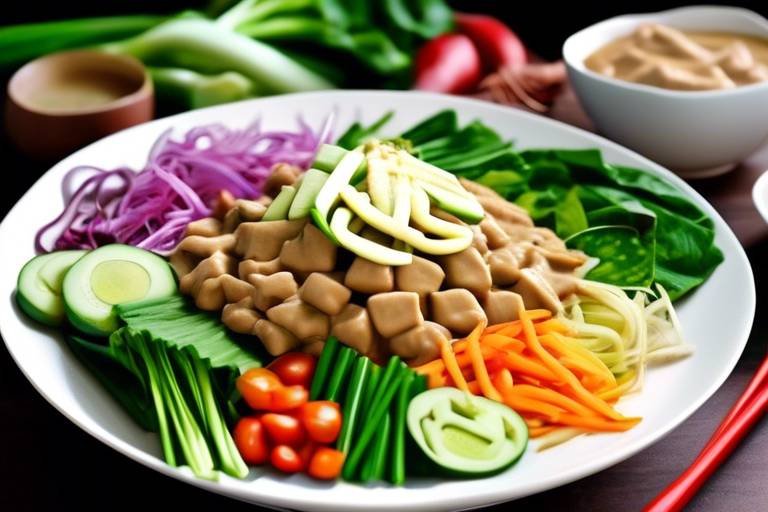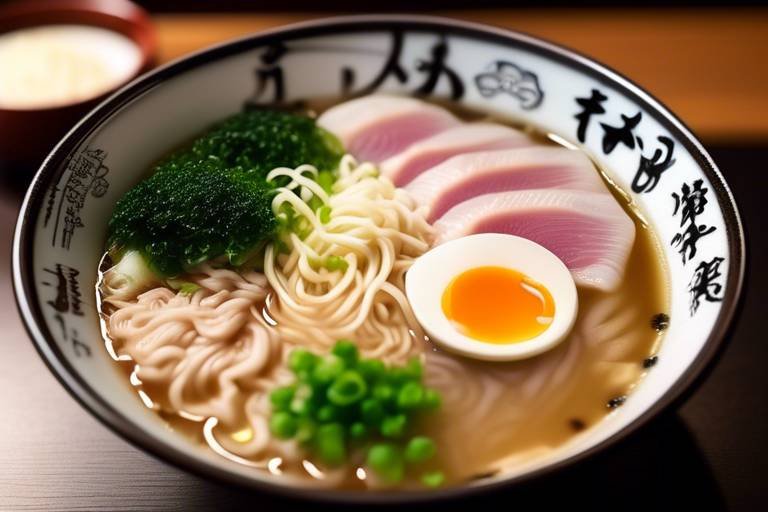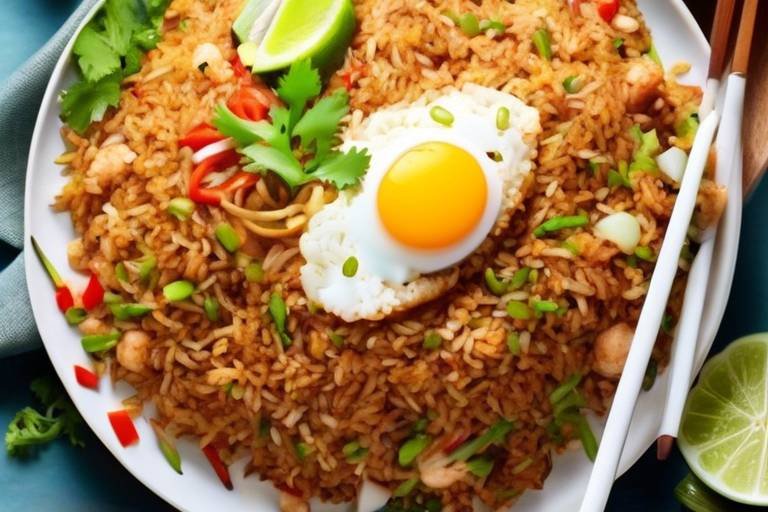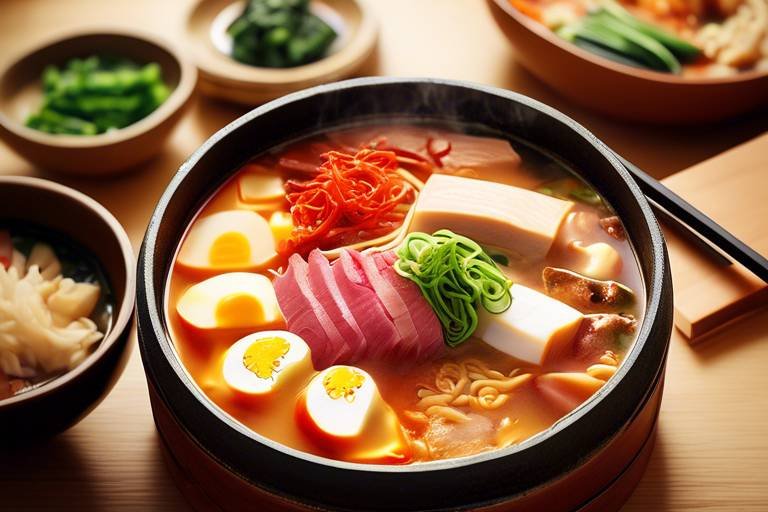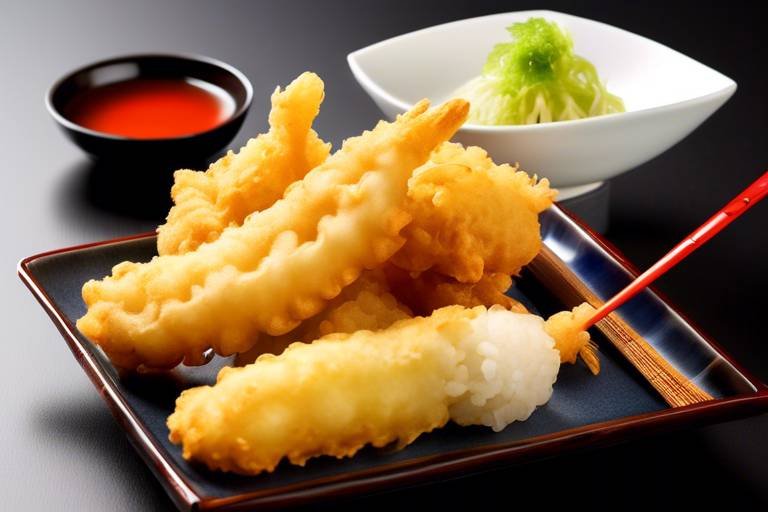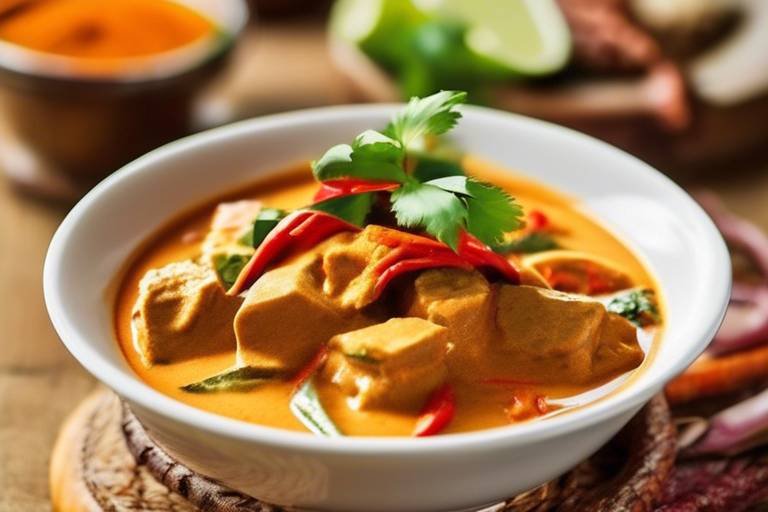The Best Chilean Empanadas - Recipes and Techniques
Exploring the delicious world of Chilean empanadas, this article delves into traditional recipes and expert techniques to create the best versions of these savory pastries that are loved by many around the world.
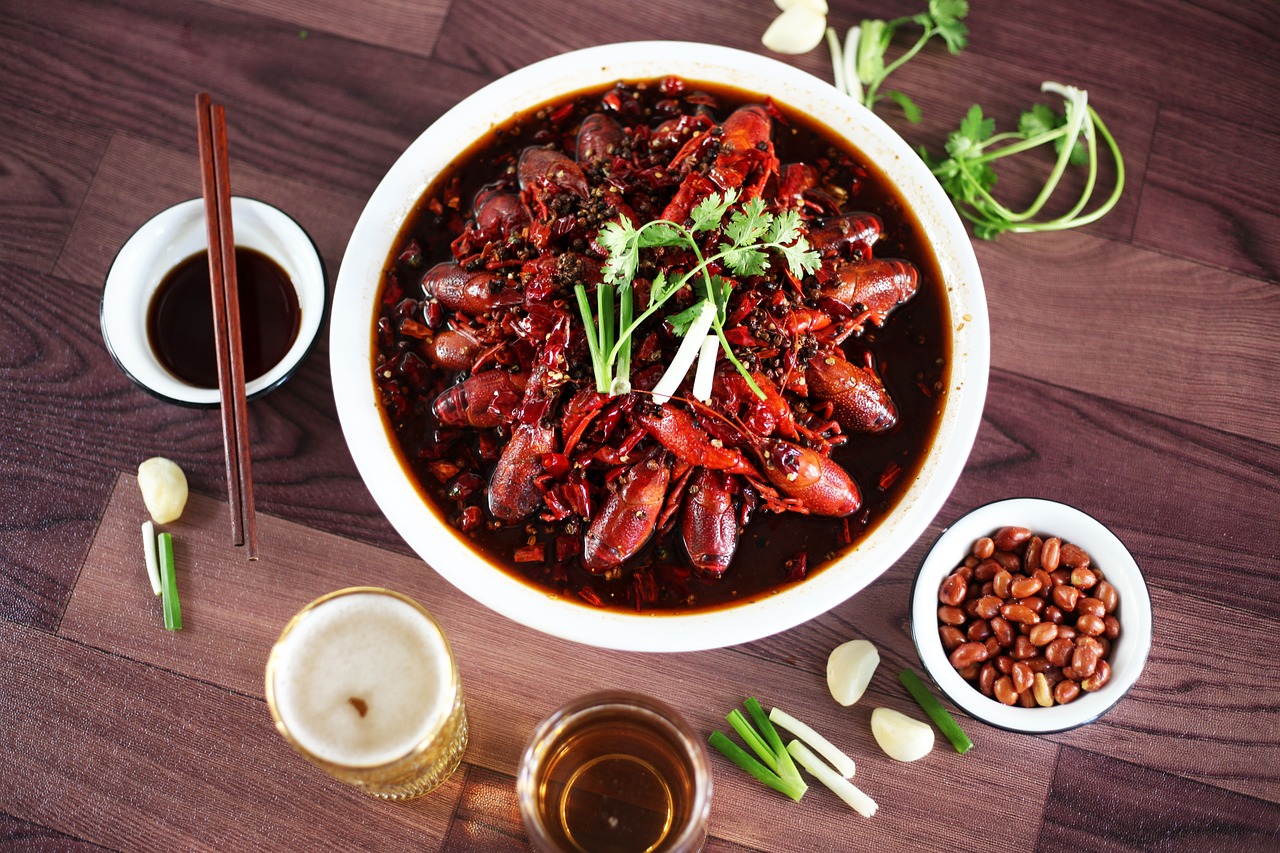
History of Chilean Empanadas
Exploring the origins of Chilean empanadas unveils a rich history deeply intertwined with the country's culinary heritage. Dating back centuries, these savory pastries have evolved from simple snacks to cultural icons, symbolizing the fusion of indigenous and Spanish influences in Chilean cuisine.
Originally introduced by Spanish colonizers, empanadas quickly gained popularity among the local population, who adapted the recipe to incorporate native ingredients and flavors. Over time, Chilean empanadas became a symbol of national identity, celebrated during festivals, holidays, and everyday meals.
The traditional preparation of Chilean empanadas reflects a blend of indigenous and European culinary traditions, with each region of Chile offering its own unique twist on the classic recipe. From the coastal empanadas filled with seafood to the hearty meat-filled versions found in the Andean highlands, these pastries showcase the diversity and creativity of Chilean gastronomy.
As Chilean empanadas continue to captivate taste buds around the world, their storied past serves as a reminder of the cultural significance and culinary artistry embedded in every flaky, flavorful bite.
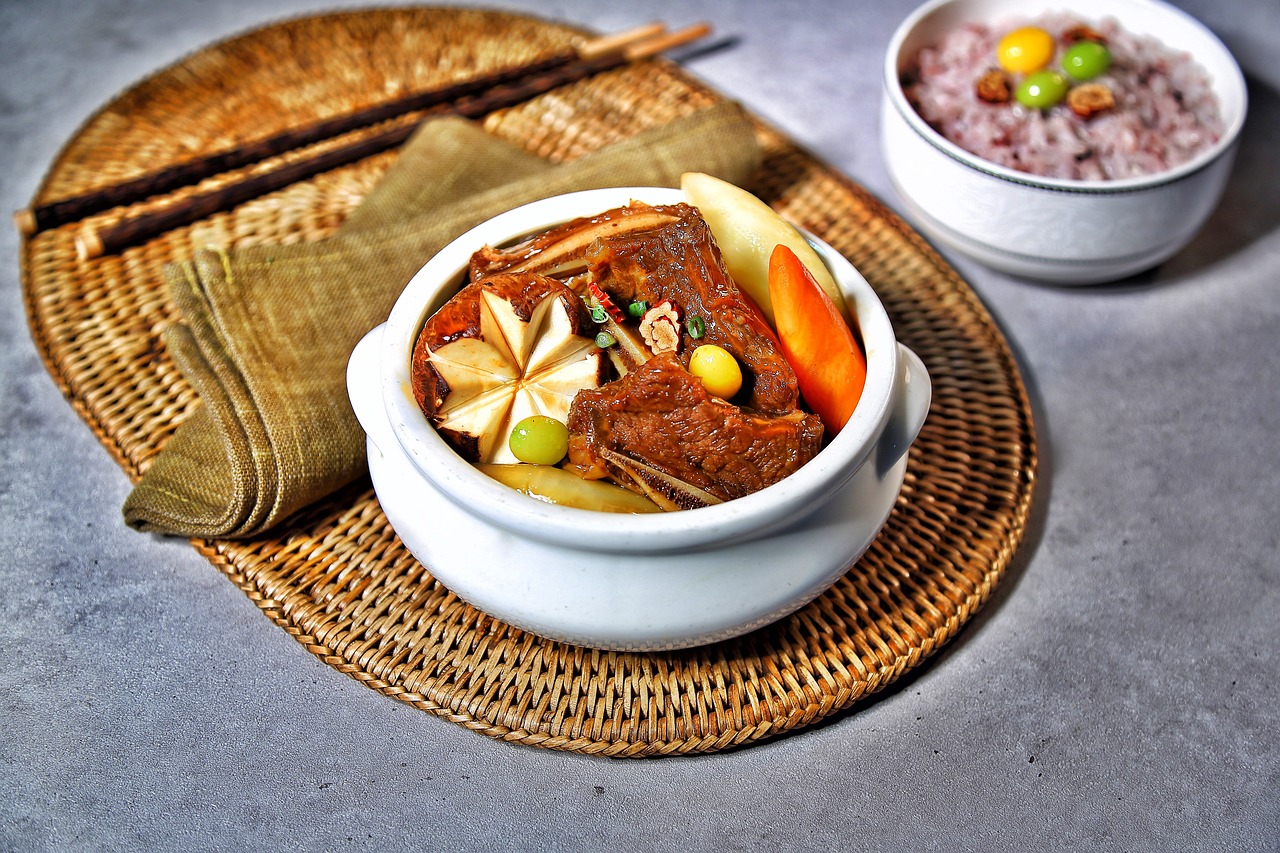
Key Ingredients for Authentic Flavor
When it comes to creating the authentic and irresistible flavor of Chilean empanadas, the key lies in the carefully selected ingredients that come together harmoniously in each bite. One of the essential components is the dough itself, made with flour, water, and a touch of lard for that perfect flakiness. The dough is a crucial element as it serves as the vessel for the flavorful fillings that make each empanada unique.
Another vital ingredient is the meat filling, typically made with a combination of ground beef, onions, raisins, olives, and hard-boiled eggs. This blend of savory and slightly sweet flavors creates a symphony of tastes that is synonymous with traditional Chilean cuisine. For those opting for a vegetarian version, ingredients like sautéed onions, bell peppers, corn, and cheese can be used to achieve a delicious meat-free alternative.
Additionally, the spices play a crucial role in enhancing the overall flavor profile of Chilean empanadas. Commonly used spices include cumin, paprika, oregano, and a hint of chili powder for a subtle kick. These spices not only add depth to the filling but also infuse each bite with a rich and aromatic essence that is truly satisfying.
Lastly, the sealing of the empanadas is often done with a mixture of egg wash, which not only helps to secure the edges but also gives the pastries a beautiful golden hue when baked to perfection. This final touch ensures that each empanada is not only delicious but also visually appealing, tempting you to take a bite and savor the explosion of flavors within.
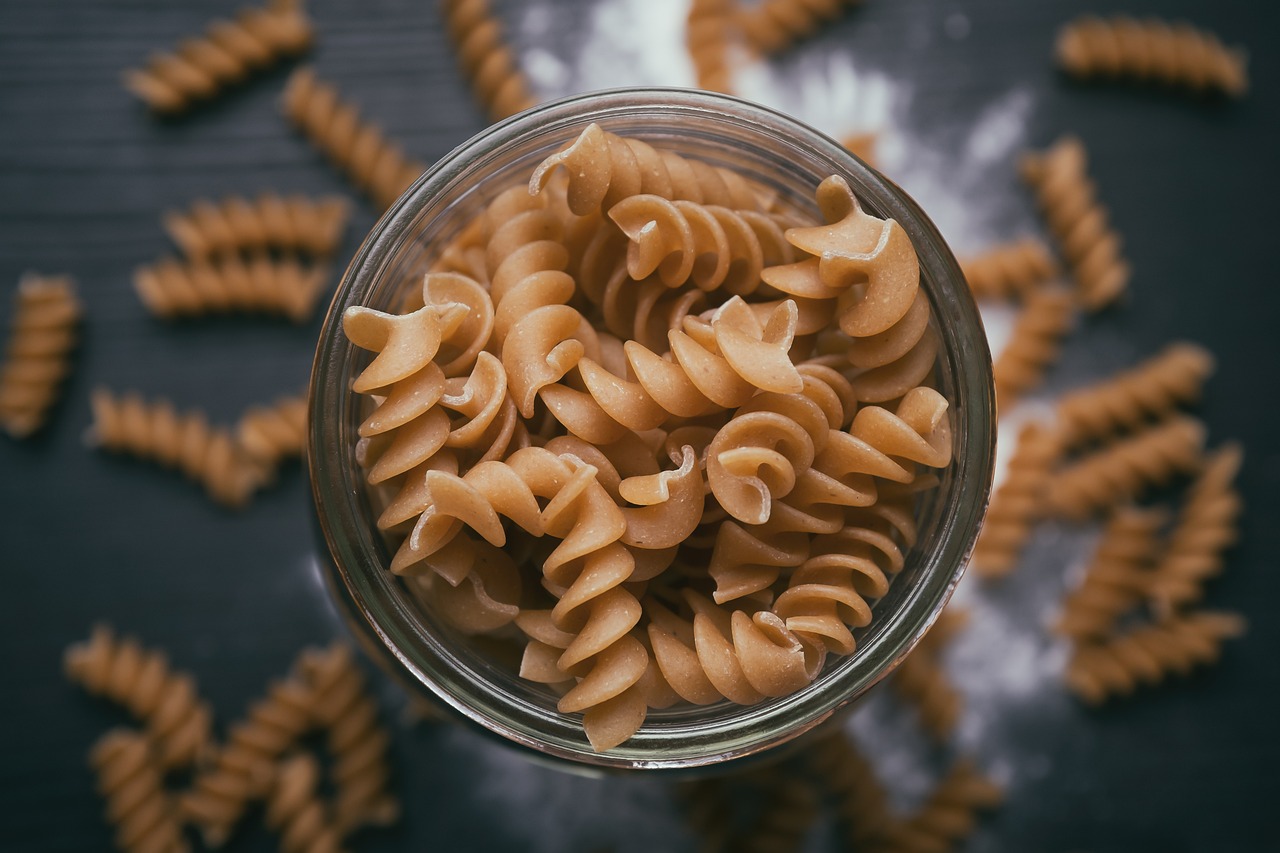
Traditional Empanada Filling Recipes
When it comes to traditional Chilean empanadas, the filling plays a crucial role in creating the perfect balance of flavors and textures. One of the most popular traditional fillings is the classic beef empanada, known for its savory and rich taste. The seasoned ground beef is often combined with onions, hard-boiled eggs, olives, and raisins, creating a harmonious blend of sweet and savory notes that is sure to tantalize your taste buds.
For those looking for a lighter option, the chicken empanada is a delightful choice. Tender shredded chicken is typically seasoned with a mix of spices and herbs, along with onions and peppers, offering a flavorful and aromatic filling that is both comforting and satisfying. The addition of a hint of cumin or paprika can elevate the taste to a whole new level.
Seafood lovers can indulge in the delectable seafood empanada, which features a medley of fresh seafood such as shrimp, fish, and mussels, seasoned with garlic, parsley, and a touch of lemon zest. The seafood filling is often complemented with a creamy white sauce or a zesty tomato-based sauce, adding a burst of freshness and complexity to each bite.
Vegetarians need not miss out on the empanada experience, as there are plenty of delicious vegetarian options available. A popular choice is the spinach and cheese empanada, where sautéed spinach is combined with a blend of cheeses like mozzarella and feta, creating a gooey and satisfying filling that is perfect for herbivores and cheese lovers alike.
Each traditional empanada filling recipe offers a unique and flavorful experience, showcasing the diverse culinary influences that have shaped Chilean cuisine over the years. Whether you prefer the hearty beef filling, the aromatic chicken option, the fresh seafood variation, or the comforting vegetarian alternative, there is a Chilean empanada filling to suit every palate and preference.
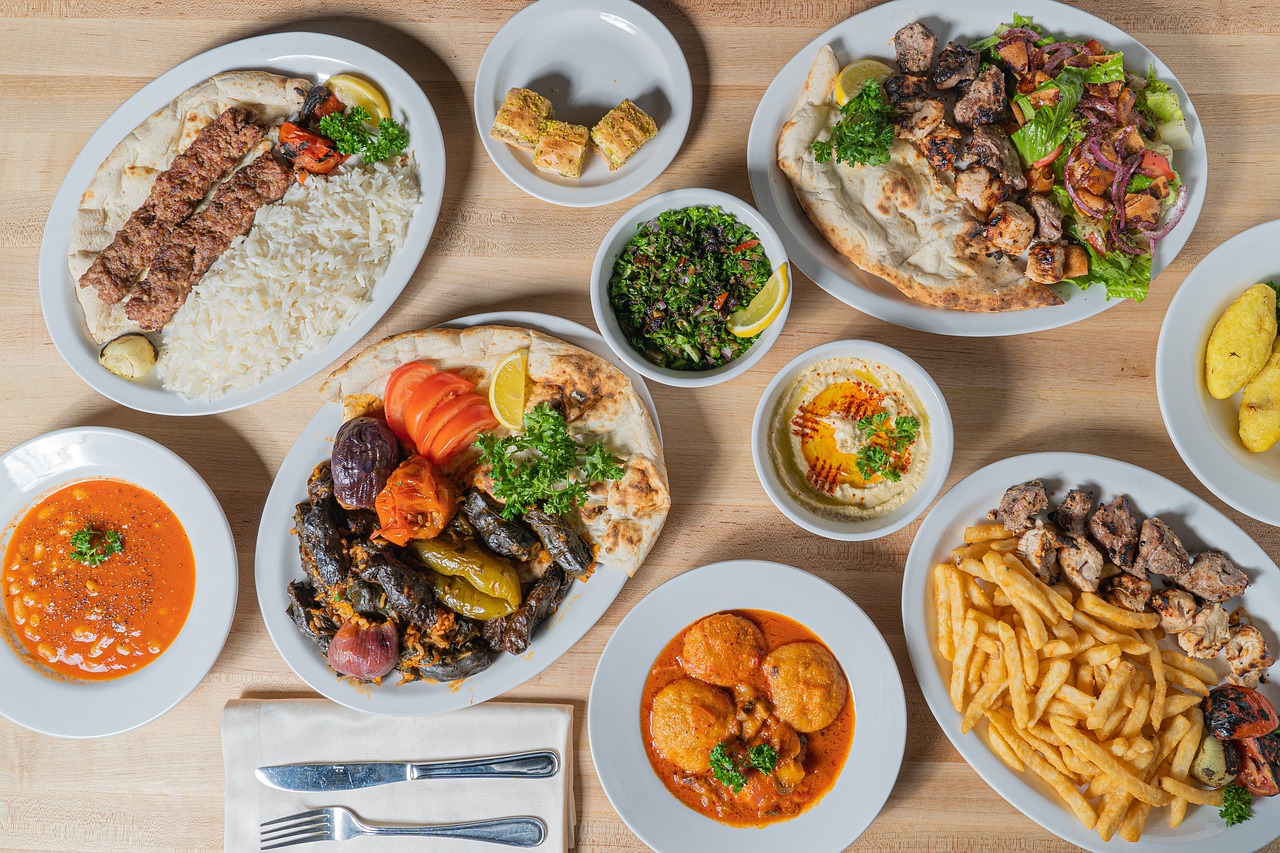
Mastering the Empanada Dough
Mastering the empanada dough is a crucial step in creating the perfect Chilean empanadas. The dough serves as the foundation of these savory pastries, providing the ideal texture and taste that complement the flavorful fillings. To achieve the desired results, it is essential to use the right ingredients in the correct proportions. A combination of flour, water, salt, and a touch of fat, such as lard or butter, is typically used to make the dough.
One key technique in preparing the empanada dough is achieving the ideal consistency. The dough should be smooth, elastic, and easy to work with, allowing you to roll it out thinly without it tearing or becoming too sticky. Proper kneading is essential to develop the gluten in the flour, giving the dough its structure and ensuring a light and flaky pastry when baked.
Another important aspect of mastering the empanada dough is the resting period. Allowing the dough to rest before shaping and filling the empanadas helps relax the gluten, making it easier to handle and reducing the likelihood of shrinkage during baking. This rest period also allows the flavors to meld together, enhancing the overall taste of the finished pastries.
When rolling out the dough, it is important to work efficiently to prevent it from becoming tough. Aim to roll the dough into thin, even circles to achieve the perfect ratio of dough to filling in each empanada. Additionally, sealing the empanadas securely is crucial to prevent the fillings from leaking out during baking. A fork or crimping technique can be used to create a tight seal along the edges of the empanadas.
Experimenting with different types of fat in the dough, such as using butter for a richer flavor or lard for a flakier texture, can also yield unique results. Don't be afraid to personalize the dough recipe to suit your preferences, whether you prefer a lighter pastry or a more indulgent one. With practice and attention to detail, you can master the art of preparing the perfect empanada dough to elevate your Chilean empanadas to a whole new level of deliciousness.
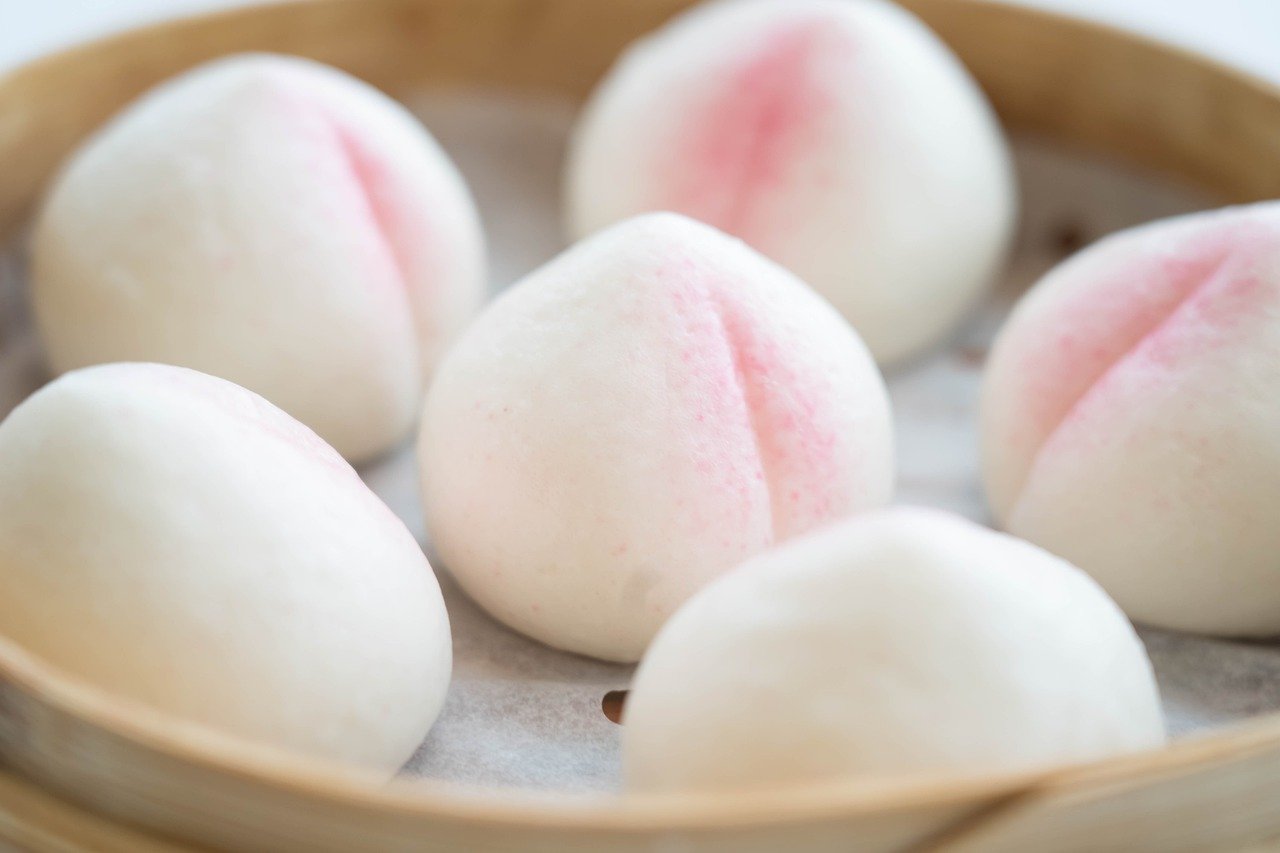
Techniques for Folding and Sealing Empanadas
When it comes to making authentic Chilean empanadas, mastering the art of folding and sealing is crucial to ensure that your pastries turn out just right. The technique of folding the empanada dough into the classic half-moon shape not only adds to the visual appeal of the final product but also plays a significant role in keeping the filling securely enclosed during the baking process.
One popular method for folding and sealing empanadas involves placing a portion of the filling in the center of the dough circle, leaving ample space around the edges. Next, gently fold the dough over the filling to create a half-moon shape, pressing the edges together firmly to seal the empanada shut. To achieve a decorative edge, you can crimp the edges with a fork or twist them into a rope-like pattern.
For a more traditional approach, some chefs prefer to fold the dough over the filling and then twist and fold the edges to create a braided effect, adding a touch of elegance to the empanada's appearance. This method requires a bit more finesse but results in a beautifully crafted pastry that is sure to impress.
Another technique for sealing empanadas involves using a simple egg wash or water along the edges of the dough before folding to help create a tight seal and prevent any filling from leaking out during baking. This step is essential for ensuring that your empanadas hold together perfectly and maintain their shape while in the oven.
Experimenting with different folding and sealing techniques can add a creative flair to your Chilean empanadas, allowing you to personalize each pastry and showcase your culinary skills. Whether you opt for a classic half-moon shape or get adventurous with intricate designs, the key is to seal the edges securely to lock in the delicious flavors and textures of the filling.
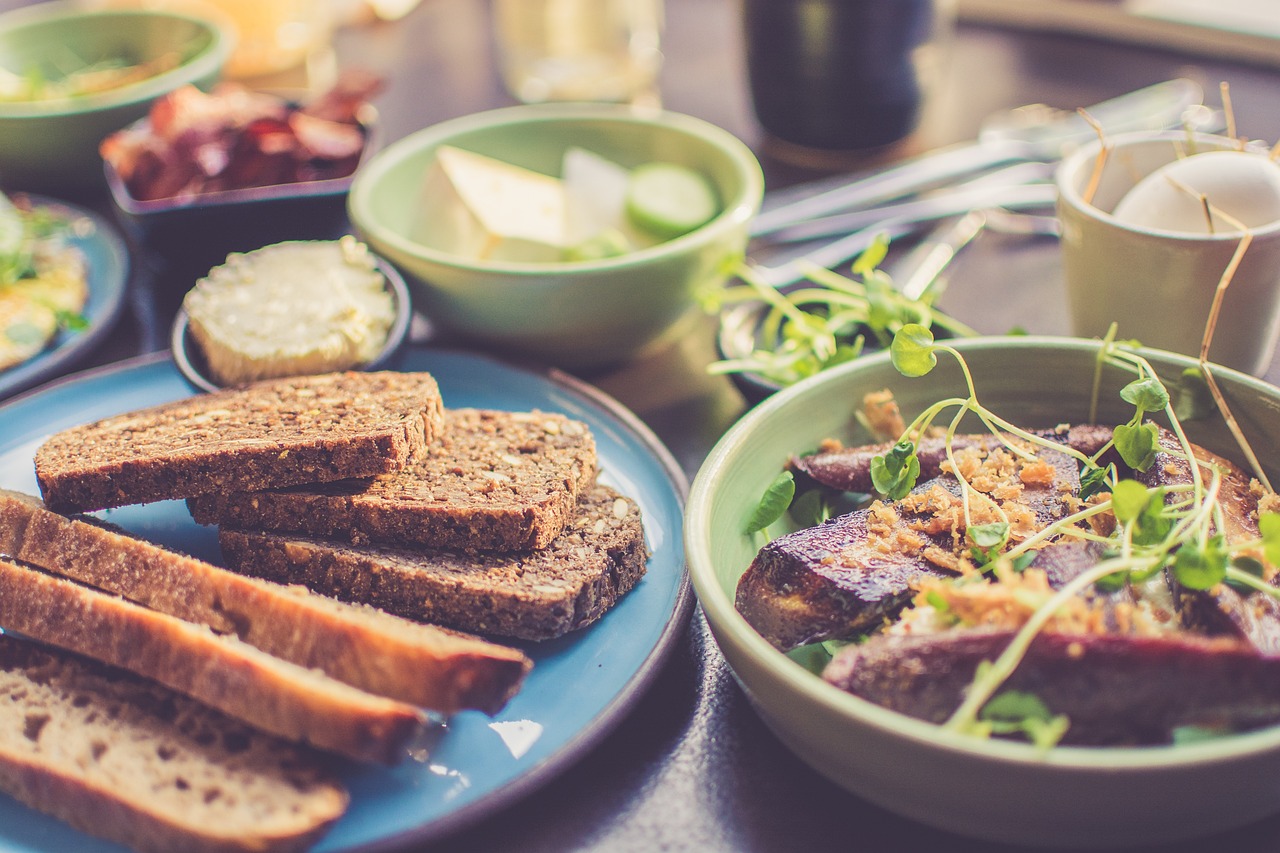
Baking vs. Frying: Choosing the Right Cooking Method
When it comes to preparing Chilean empanadas, one crucial decision to make is choosing the right cooking method: baking or frying. Each method offers its own unique advantages and considerations, impacting the final taste and texture of these delectable pastries. Let's delve into the differences between baking and frying to help you determine the best approach for your culinary masterpiece.
Baking Chilean empanadas is a popular cooking method that offers a healthier alternative to frying. By baking the empanadas, you can achieve a lighter and crispier crust while reducing the overall fat content. Additionally, baking allows for a more hands-off approach, as you can simply place the prepared empanadas in the oven and let them bake to golden perfection.
On the other hand, frying Chilean empanadas results in a richer and more indulgent flavor profile. Frying creates a crispy and golden exterior that adds a satisfying crunch to each bite, enhancing the overall sensory experience. While frying may require more active cooking time and careful monitoring to prevent burning, it offers a traditional cooking method that many find irresistible.
When deciding between baking and frying, consider your personal preferences and dietary considerations. If you prioritize a lighter and healthier option, baking may be the way to go. However, if you crave a more decadent and traditional experience, frying could be the perfect choice for indulging in the full flavors of Chilean empanadas.
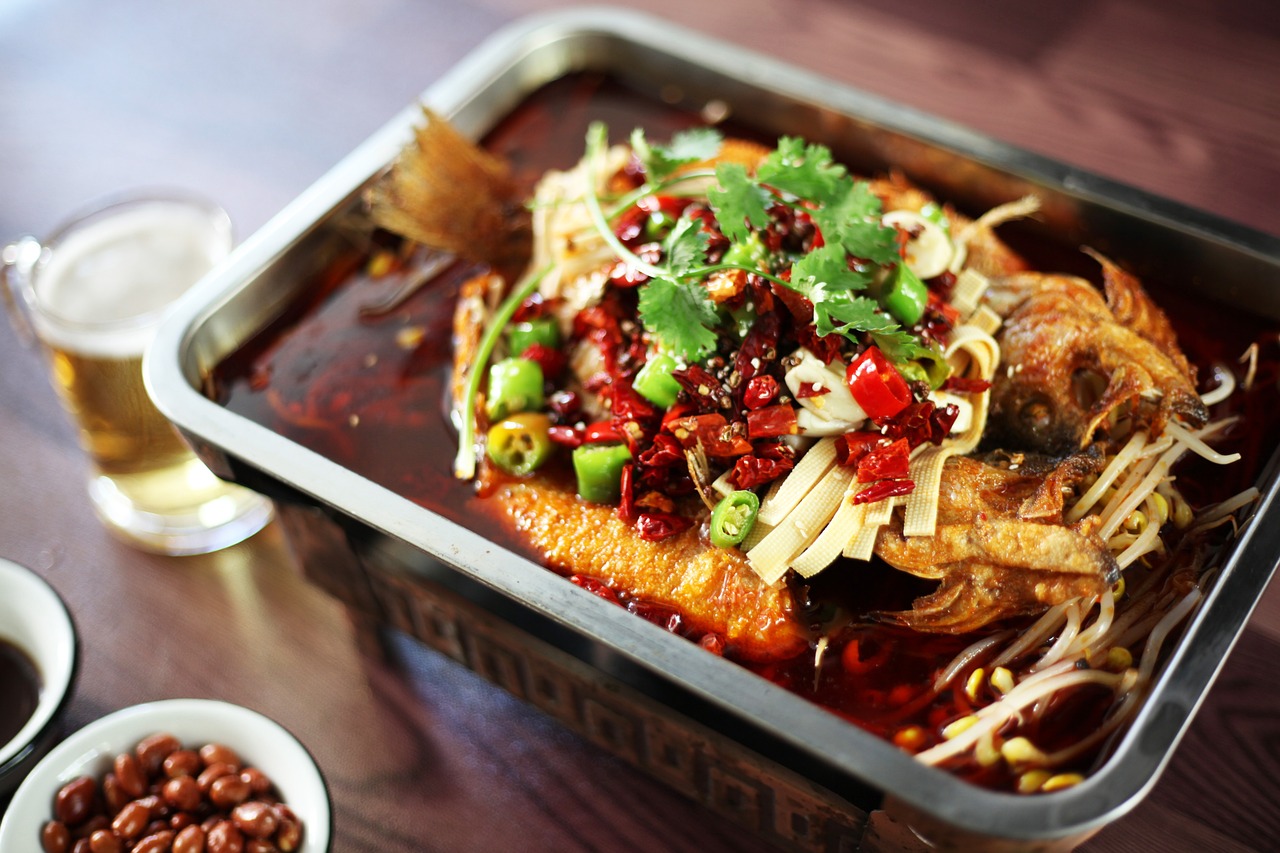
Serving and Enjoying Chilean Empanadas
When it comes to serving and enjoying Chilean empanadas, there are various ways to elevate your dining experience and fully savor the flavors of these delectable pastries. Whether you are indulging in them as a quick snack, a delightful appetizer, or a satisfying main course, there are certain tips and tricks to enhance your enjoyment.
One popular way to serve Chilean empanadas is to pair them with a fresh and zesty salsa or chimichurri sauce, adding a burst of tangy flavor that complements the richness of the filling. The acidity of the sauce helps cut through the richness of the empanadas, creating a harmonious balance of flavors.
For a complete meal experience, consider serving Chilean empanadas alongside a crisp and refreshing salad, such as a classic Chilean ensalada chilena, featuring tomatoes, onions, and cilantro dressed simply with olive oil and lemon juice. The lightness of the salad provides a contrast to the hearty empanadas, creating a well-rounded meal.
When it comes to beverages, Chilean empanadas pair well with a variety of options. For a traditional choice, opt for a glass of Chilean red wine, such as a Carmenere or Cabernet Sauvignon, which complements the savory flavors of the empanadas. Alternatively, a cold and citrusy beer can also be a refreshing choice to enjoy alongside these savory pastries.
To add a touch of indulgence to your empanada feast, consider serving them with a side of creamy avocado slices or a dollop of sour cream, adding a creamy and cooling element to each bite. The contrast in textures enhances the overall dining experience, making each bite a delightful journey of flavors and sensations.
Lastly, don't forget about the presentation. Arrange your Chilean empanadas on a beautiful serving platter, garnished with fresh herbs or a sprinkle of paprika for a pop of color. Creating an inviting and visually appealing spread will not only enhance the enjoyment of your meal but also make it a feast for the eyes.
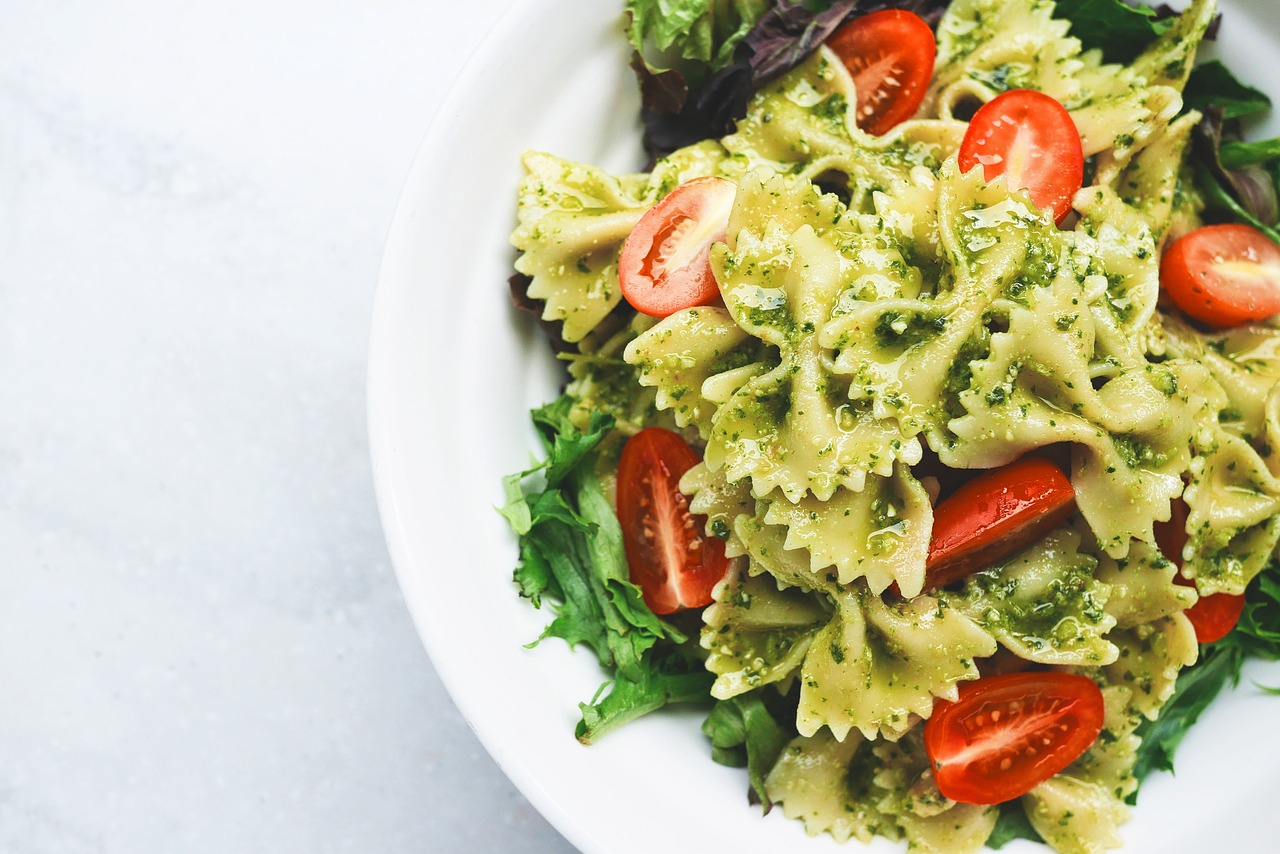
Empanada Variations and Modern Twists
When it comes to , the possibilities are endless. You can take the traditional Chilean empanada and give it a fresh twist by experimenting with a myriad of fillings and flavors. Imagine a fusion of flavors from different cuisines, such as Korean BBQ beef empanadas or Thai curry chicken empanadas. These modern twists bring a whole new level of excitement to the classic empanada, offering a unique culinary experience that will surprise and delight your taste buds.
One way to add a modern twist to Chilean empanadas is by playing with the shape and presentation. Instead of the typical half-moon shape, you can try making mini empanada bites or even empanada spirals for a visually striking effect. These creative variations not only look impressive but also offer a fun and playful twist on the traditional dish, perfect for parties or gatherings.
If you're feeling adventurous, why not experiment with unconventional fillings that push the boundaries of traditional flavors? Picture empanadas filled with pulled pork and pineapple salsa, or even a decadent dessert empanada with Nutella and bananas. By thinking outside the box and combining unexpected ingredients, you can create empanada variations that are truly one-of-a-kind and sure to leave a lasting impression.
Frequently Asked Questions
- What is the origin of Chilean empanadas?
Chilean empanadas have a rich history dating back centuries, with influences from Spanish and indigenous cultures. They have become a beloved staple in Chilean cuisine, symbolizing tradition and heritage.
- What are the key ingredients used in Chilean empanadas?
The key ingredients in Chilean empanadas include a flavorful dough made with flour, lard, and water, as well as traditional fillings such as seasoned ground beef, onions, olives, raisins, and hard-boiled eggs.
- Can Chilean empanadas be baked instead of fried?
Absolutely! While traditional Chilean empanadas are often fried to achieve a crispy exterior, they can also be baked for a healthier alternative. Baking results in a slightly different texture but still yields delicious empanadas.
- What are some creative variations for Chilean empanadas?
For those looking to put a modern twist on Chilean empanadas, consider experimenting with fillings like shrimp and cheese, or incorporating unique spices and herbs for a fresh flavor profile. The possibilities are endless!



